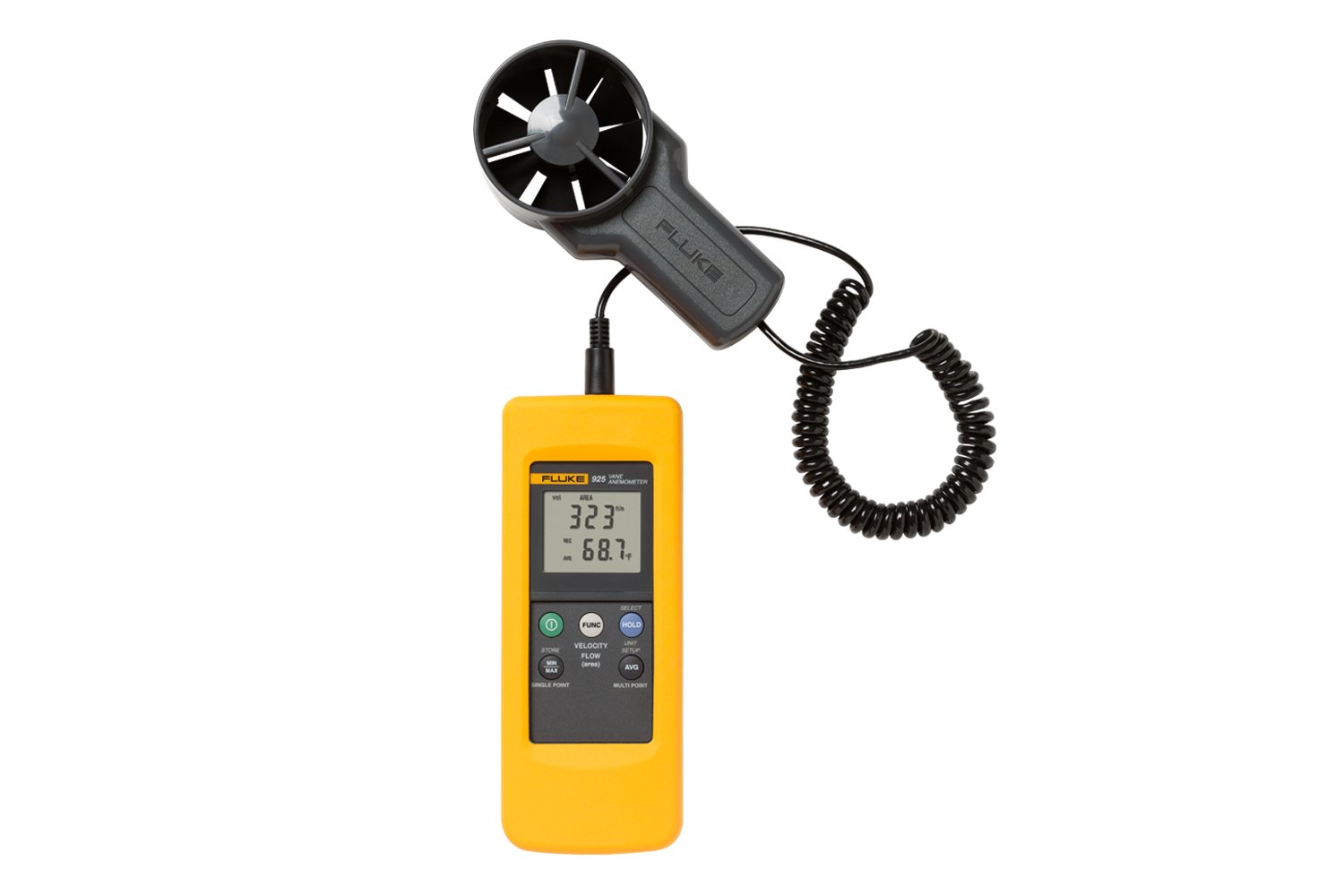Why an Anemometer is Necessary for Your Environmental Information Collection
Why an Anemometer is Necessary for Your Environmental Information Collection
Blog Article
Anemometers Unveiled: Comprehending Their Significance in Environmental Tracking and Precaution
The role of anemometers in ecological tracking and safety procedures is frequently undervalued, yet their relevance is undeniable. From weather forecasting to aviation safety and security, anemometers play a vital role in giving precise information that educates decision-making procedures and improves general safety and security.
History of Anemometers
The advancement of anemometers can be traced back to the old human beings where basic wind determining tools were initial made use of. One of the earliest recognized anemometers was the hemispherical mug anemometer invented by Leon Battista Alberti in the 15th century.
In the 18th century, the renowned scientist John Thomas Romney Robinson presented the Robinson anemometer, which included four hemispherical cups placed on straight arms that extended from a central axis. This style came to be a requirement in atmospheric dimensions because of its accuracy and dependability. Throughout the years, improvements in modern technology caused the development of even more modern anemometers, consisting of ultrasonic anemometers and laser Doppler anemometers, offering increased precision and efficiency in measuring wind speed and direction. The background of anemometers showcases a remarkable journey of development and progress in the area of meteorology.
Sorts Of Anemometers
Throughout the field of meteorology, different kinds of anemometers have actually been established to properly gauge wind speed and instructions. One of the most common type is the cup anemometer, which includes 3 or 4 cups placed on horizontal arms that turn with the wind. As the mugs spin, the speed at which they revolve is directly symmetrical to the wind speed. An additional commonly utilized kind is the vane anemometer, which includes a tail or fin that straightens itself with the wind direction. This alignment allows the device to determine the wind instructions. Sonic anemometers utilize ultrasonic signals to measure wind rate and instructions accurately. They are commonly used in research study applications because of their high precision. Hot-wire anemometers run based on the concept that the cooling impact of wind on a warmed cable is symmetrical to the wind speed. These anemometers are appropriate for determining reduced wind rates with high accuracy. Each type of anemometer has its staminas and is chosen based upon the particular requirements of the surveillance task handy.
Applications in Weather Forecasting
Having actually discussed the numerous sorts of anemometers utilized in weather forecasting for measuring wind rate and instructions, it is vital to discover their functional applications in the field. Anemometers play an important duty in weather forecasting by offering precise and real-time data on wind conditions (anemometer). Meteorologists use anemometers to check wind speed and instructions to anticipate climate patterns, issue warnings for severe climate occasions like storms, tornadoes, and storms, and analyze atmospheric problems for air travel security
In meteorology, anemometers aid in comprehending neighborhood and local wind patterns, which are vital for predicting weather adjustments and figuring out weather patterns. These devices are additionally used in research to examine microclimates, urban warm islands, and air contamination dispersion. Furthermore, anemometers are used in agriculture to optimize plant management techniques, such as watering and pesticide application, based upon wind problems.
Importance in Aeronautics Safety
An indispensable aspect of ensuring aviation safety and security exists in the careful monitoring of wind conditions using anemometers. Anemometers play an essential function recommended you read in aeronautics by giving real-time information on wind speed and instructions, assisting pilots in making notified choices during landing, take-off, and flight. Uncertain and strong winds can dramatically affect airplane operations, making it important for aeronautics authorities to depend on accurate wind measurements to guarantee the safety and security of travelers and click to read staff.

In the dynamic setting of air travel, where even small modifications in wind speed and direction can have profound results, anemometers stand as crucial devices for promoting secure and safe and secure air traveling.
Duty in Environmental Study
Anemometers play a vital function in environmental research study by providing necessary data on wind speed and direction. By accurately measuring wind characteristics, anemometers help scientists evaluate the movement of contaminants in the air, assess the impact of industrial emissions, and forecast the spread of pollutants in the environment.


Final Thought
In verdict, anemometers have played an essential role in ecological monitoring and safety and security steps. With an abundant background and various types readily available, these tools have actually been extensively made use of in weather forecasting, aeronautics safety and security, and environmental research. Comprehending the relevance of anemometers is important for accurately determining wind rate and instructions, which is vital for predicting weather patterns, ensuring secure aviation operations, and conducting ecological researches - anemometer. Their contributions to these fields can not be undervalued.
One of the earliest well-known anemometers was the hemispherical cup anemometer designed by Leon Battista Alberti in the 15th century. Over the years, developments in modern technology led to the advancement of even more modern-day anemometers, consisting of ultrasonic anemometers and laser Doppler anemometers, providing boosted accuracy and performance in gauging wind speed and instructions. Hot-wire anemometers operate based on the concept that the cooling impact of wind on a heated cord is proportional to the wind speed. Meteorologists utilize anemometers to keep track of wind rate and direction to anticipate weather find more patterns, concern cautions for severe weather events like tornados, tornadoes, and typhoons, and analyze atmospheric problems for air travel security.
Comprehending the importance of anemometers is important for accurately determining wind speed and direction, which is crucial for predicting weather condition patterns, making certain safe aeronautics procedures, and performing environmental researches. (anemometer)
Report this page